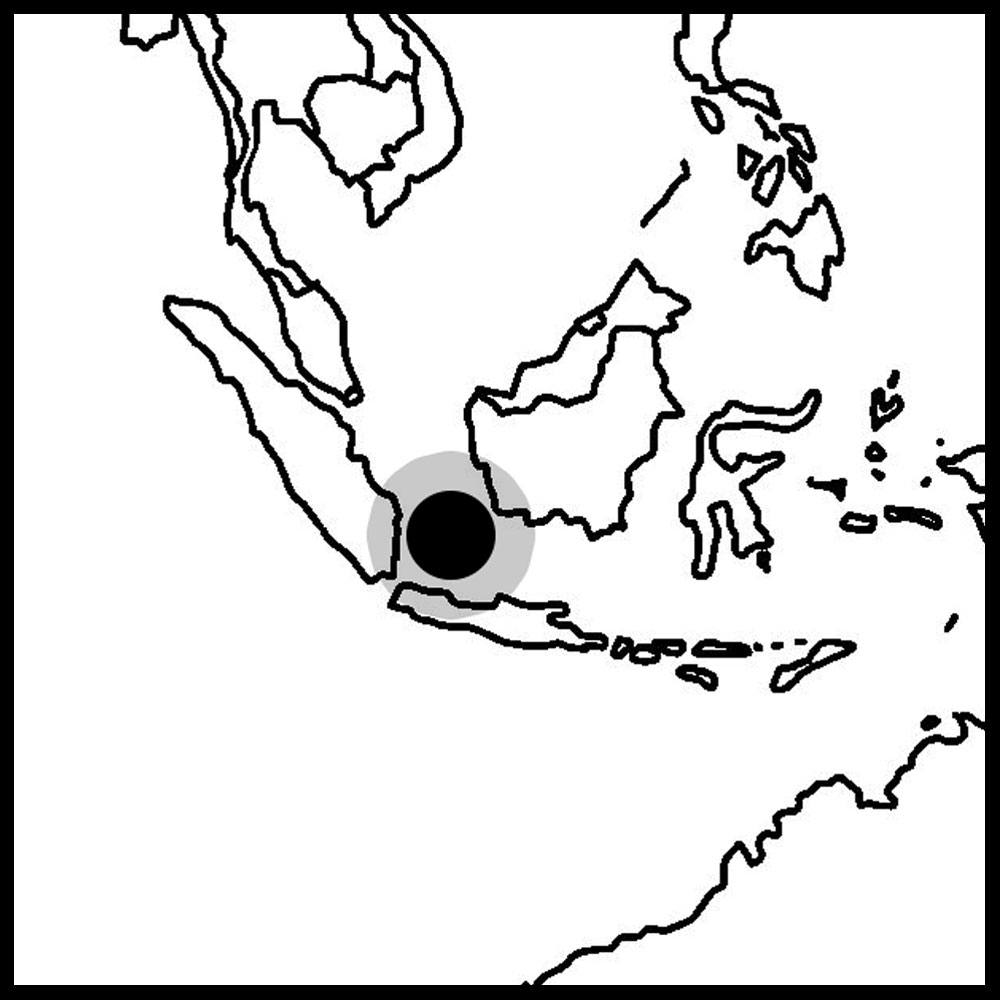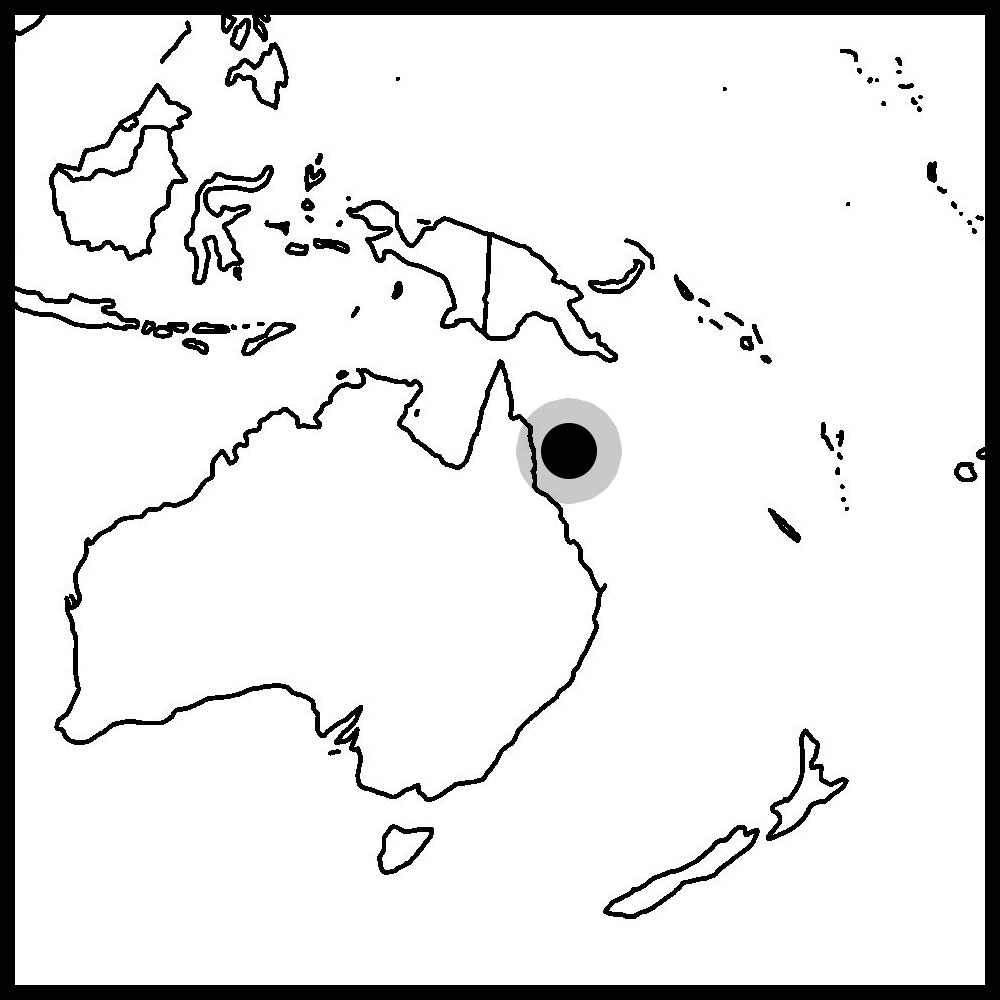Filter
My Wish List
![]() Rhodactis Coral Care
Rhodactis Coral Care
Rhodactis mushroom corals are corallimorphs of the order Corallimorpharia. They are an oddity in terms of classification. Because of their soft bodies and lack of a skeleton they often associated with soft corals or even anemones, but in terms of taxonomy have more in common with stony corals.
The main distinguishing feature of soft corals vs stony corals is their polyp segments. True soft corals have polyp segments in multiples of eight while stony corals have polyp segments in multiples of six. In this regard, corallimorphs are more similar to stony corals because they have polyp segments in multiples of six.
The Rhodactis genus of mushrooms corallimorphs are arguably the most diverse mushrooms in the reef aquarium hobby. They can range in size from the 1” Tonga bullseye varieties to gigantic 18” elephants ear mushrooms. In addition, they have some of the most diverse color combinations as well as textures. If you can imagine a color combination, there is probably a Rhodactis out there that fits the bill.

![]() Location
Location
Rhodactis are found in the islands of the Indo-Pacific including Fiji, Tonga, Solomon Islands, and the Great Barrier Reef.


![]() Lighting
Lighting
Let’s tackle lighting first. Rhodactis can be kept in brightly lit tanks like you see here in my friend Nathan’s tank. It’s an SPS dominated tank with the mushrooms about 18-20” down in the water column. If I had to guess, they are in roughly 100 to 150 PAR.
Alternatively, we have kept them in lower light of around 75 PAR and they have been fine. Rhodactis have more or less consistent coloration so switching between lighting technologies like LED vs T5 or ramping up intensities doesn’t really change their appearance much. So long as you are providing the requisite lighting intensity and not burning them, you should be successful keeping them.
Low Light


Lighting is a loaded topic, so for a more in-depth discussion of lighting, please see our detailed lighting video.
![]() Feeding
Feeding
When it comes to nutrition, just providing light for photosynthesis is adequate, but it is possible to spot feed them if you shut off the pumps and are patient.
As I mentioned before, the Rhodactis genus is highly diverse and as such, there are going to be some Rhodactis mushrooms that are more aggressive feeders than others. Is it worth it to feed them? I’m not really sure. I’ll let you decide.

![]() Propagation
Propagation
In home aquariums these mushrooms reproduce asexually through longitudinal fission. In essence that means that they start to develop two mouths and then pinch themselves in half to form two separate mushrooms. It is a lengthier process than say Discosoma that asexually spread through pedal laceration where the coral drops off bits of its foot behind to spawn new mushrooms.
To speed up this process, you can propagate Rhodactis by cutting them down the middle once they get to a large enough size. When doing this, I try to make sure that both halves remain attached to some sort of substrate. The most difficult thing is to re-attach mushrooms to substrate, so if at all possible make sure that neither half breaks loose. The risk with this type of propagation is infection. I lost this bounce mushroom here when it never fully recovered from the cutting process.
![]() Summary
Summary
Ok, that does it for Rhodactis mushroom corallimorphs. So who is this coral for? They are great additions to reef aquariums ranging from beginning hobbyists looking for something very hardy to the discerning coral collector that is looking for a signature piece in their hype beast collection.
Hopefully you found this article helpful. Until next time, happy reefing!
